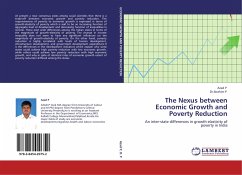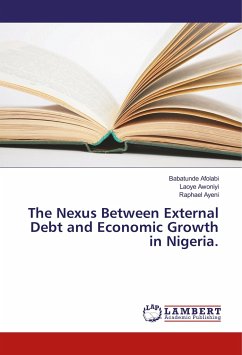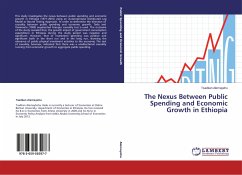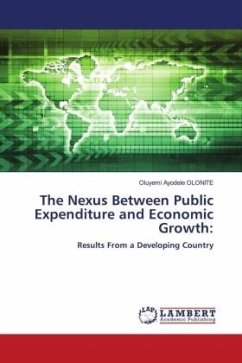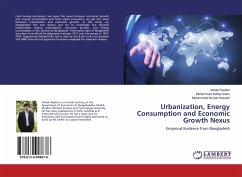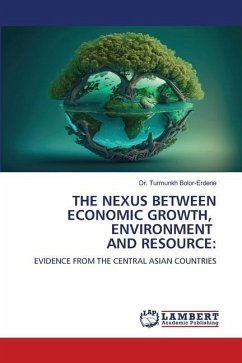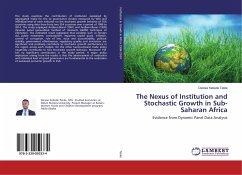At present a near consensus exists among social scientists that there is a trade-off between economic growth and poverty reduction. The responsiveness of poverty to economic growth is expressed in terms of growth-elasticity of poverty which is said to be an increasing function of aggregate level of development and decreasing function of inequalities in income. There exist wide differences among the Indian states in terms of the magnitude of growth-elasticity of poverty. The change in income inequality does not seem to have any significant influences on the magnitude of growth-elasticity of poverty. On the other hand, poverty reduction is highly correlated with levels of human development, infrastructure development, and government development expenditure.It is the differences in the development indicators which explain why some states could achieve high poverty reduction with low economic growth, while others could achieve low poverty reduction with high economic growth, and why in spite of identical rates of economic growth extent of poverty reduction differed among the states.
Hinweis: Dieser Artikel kann nur an eine deutsche Lieferadresse ausgeliefert werden.
Hinweis: Dieser Artikel kann nur an eine deutsche Lieferadresse ausgeliefert werden.

